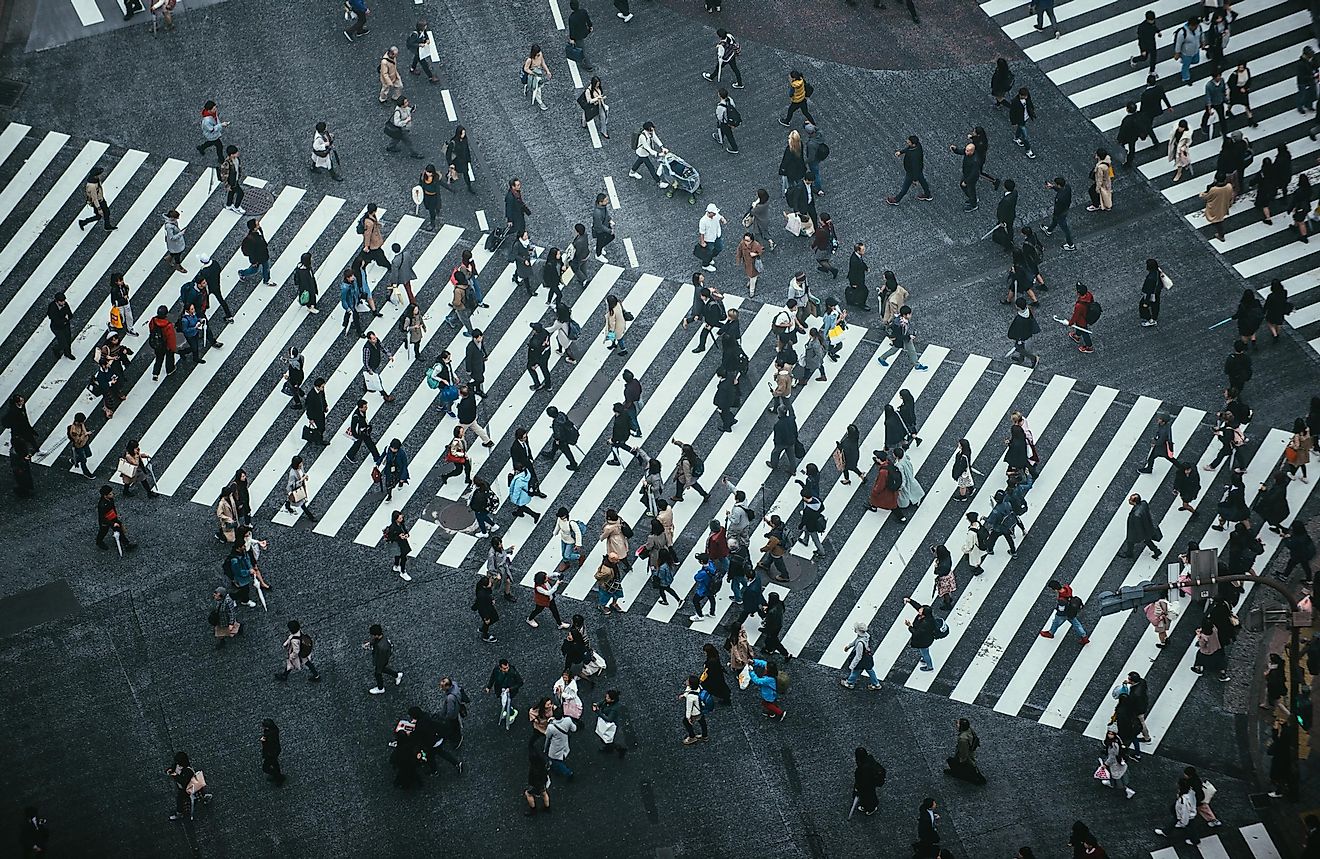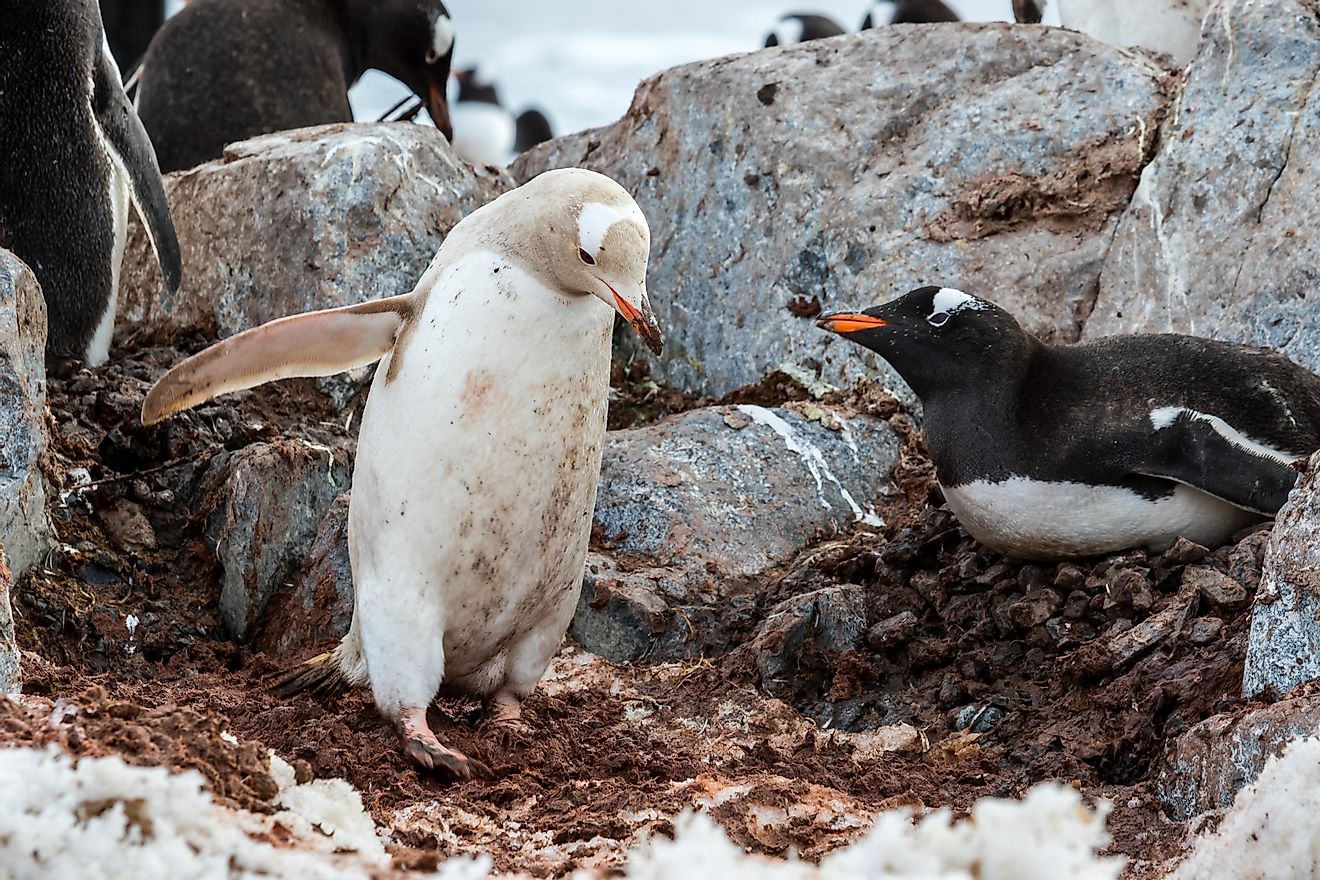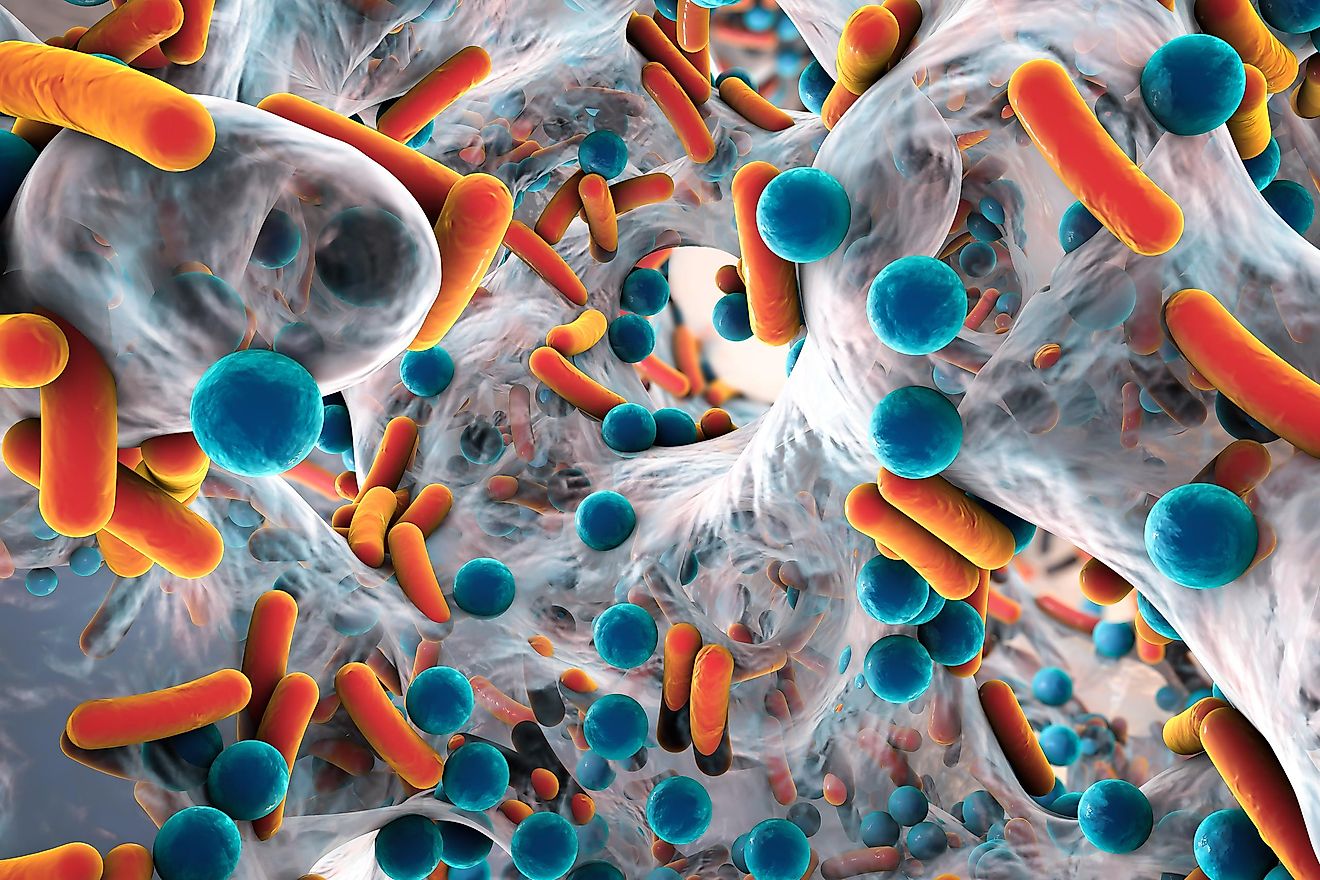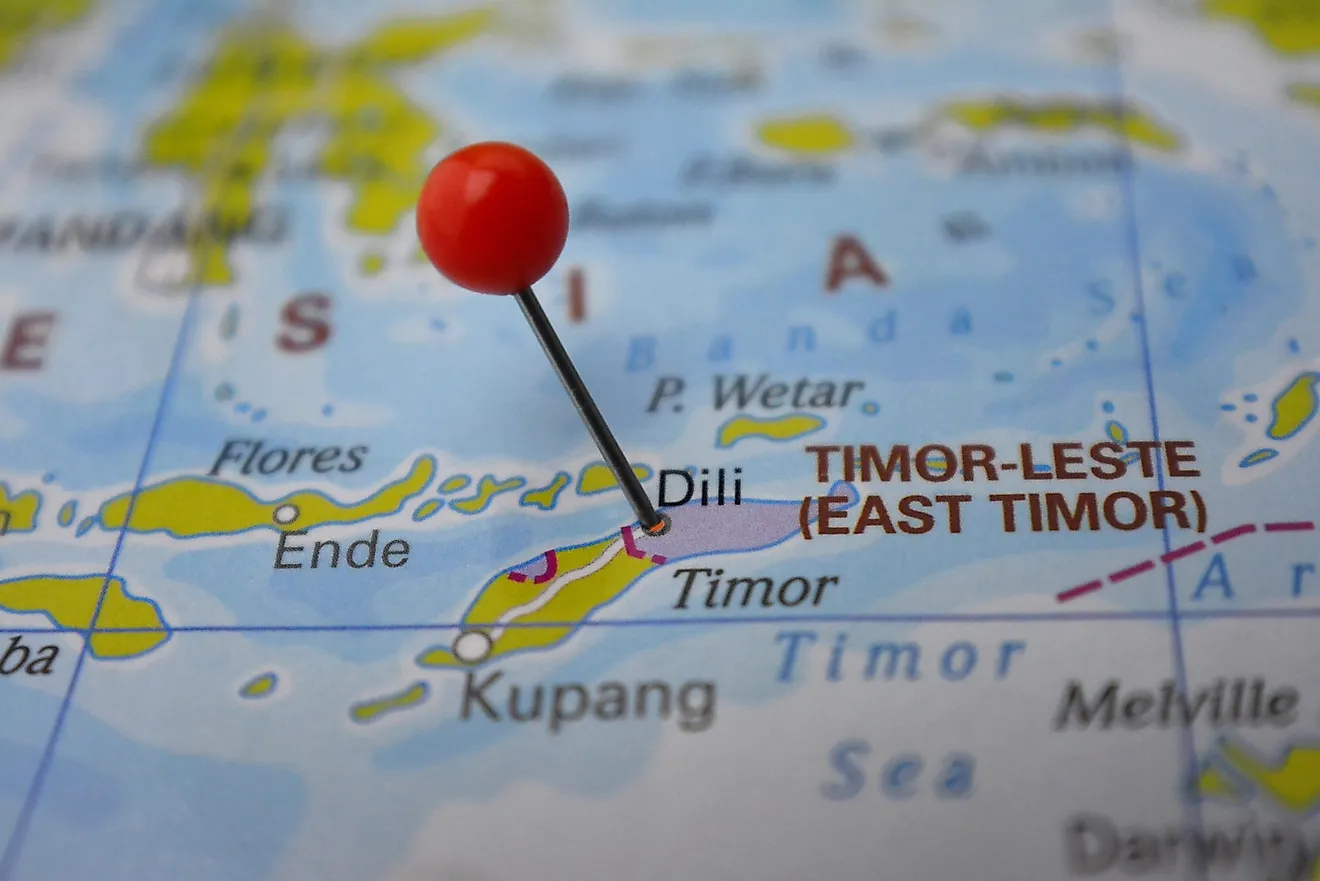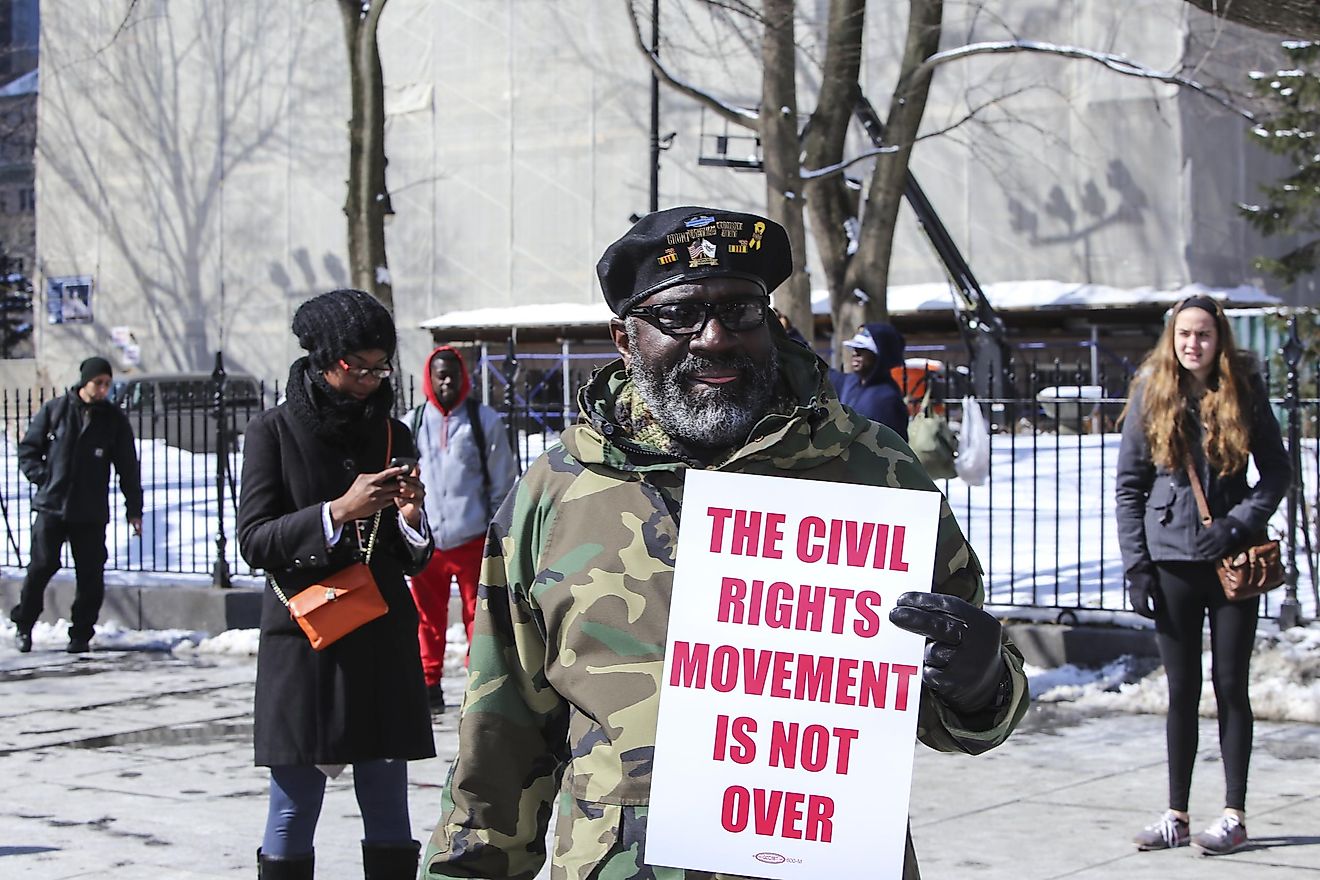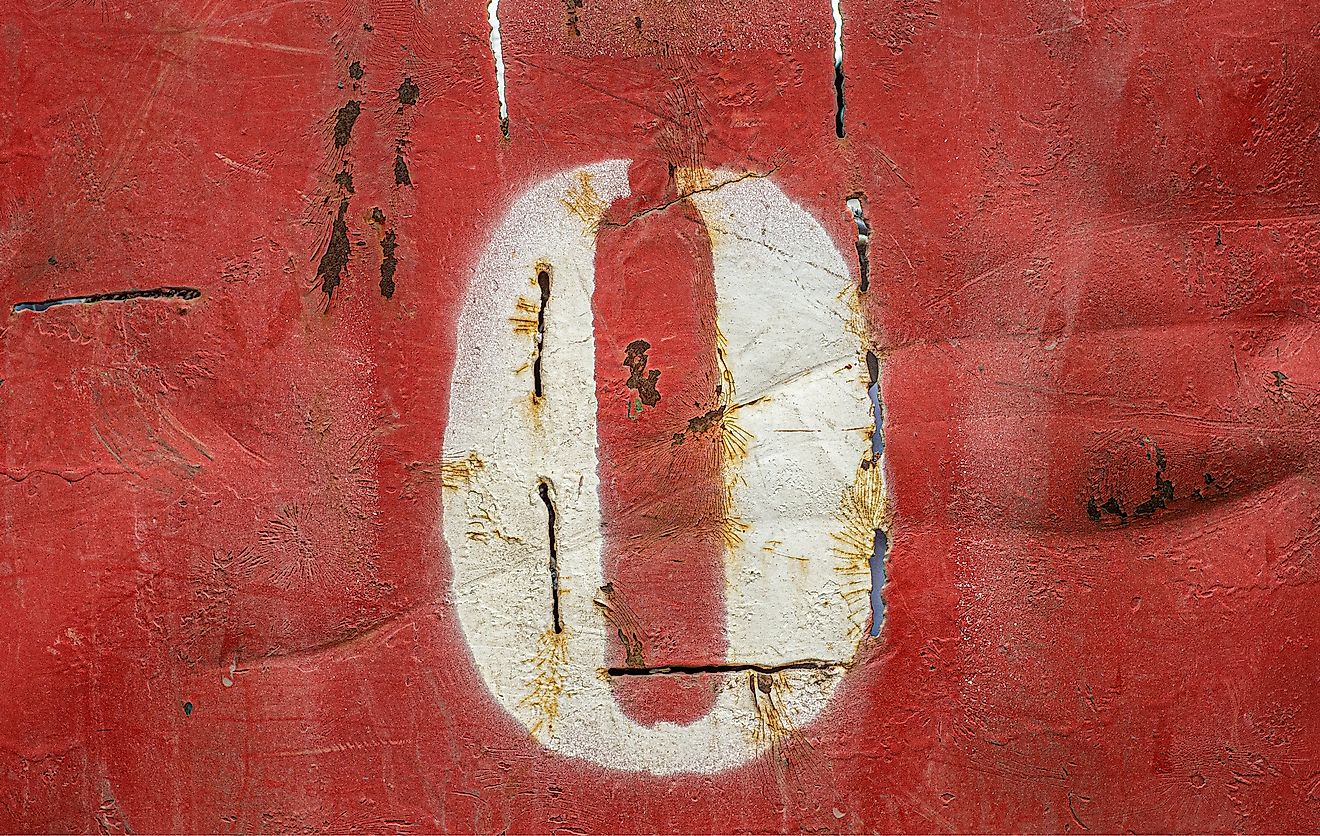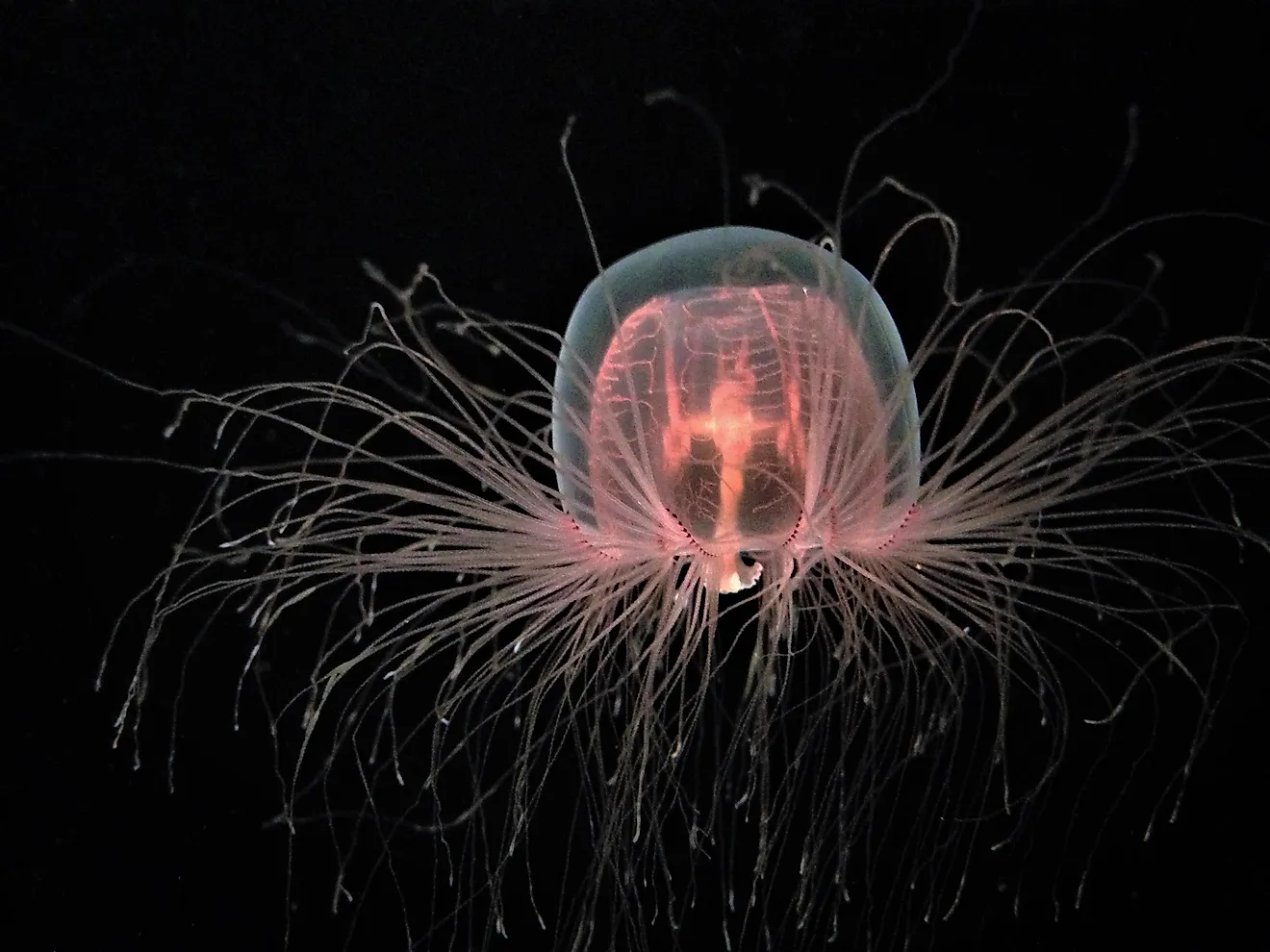What Is Quantitative Easing?
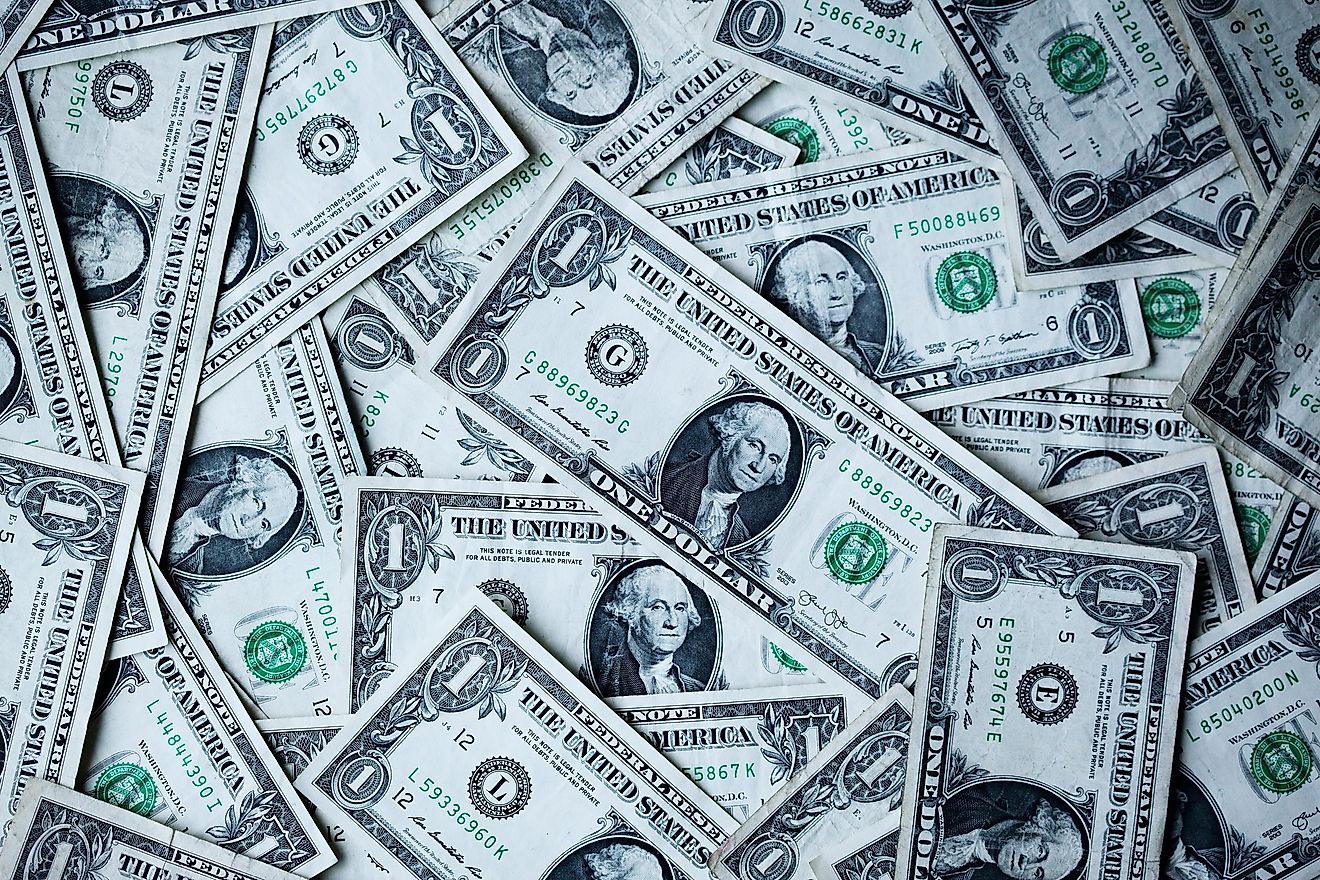
- Quantitative easing is used by the United States, the United Kingdom, and Japan.
- Some refer to quantitative easing as printing money because it injects new money into the economy.
- The U.S. government has been hinting at the need for QE5 (a fifth round of quantitative easing) since September 2019.
Quantitative easing (QE) is an unconventional economic policy wherein a nation's central bank purchases long-term securities from the open market with newly-created bank reserves in order to add money to the economy and encourage investment. Increasing the supply of money lowers its cost, which ultimately reduces interest rates and allows banks to lend with easier terms, stimulating economic activity.
QE was first used by Japan, the most indebted country in the world according to its debt-to-gross domestic product ratio. Though it was not known as quantitative easing at the time, between October 1997 and October 1998 the Bank of Japan (BOJ) bought trillions of yen in commercial paper to try to help the country's banks, which were experiencing low-interest rates, low growth, low inflation, and bad bank loans. Years later, between 2001 and 2004, the BOJ increased its asset purchases and banks in Japan saw 35.5 trillion yen injected into the economy and targeted long-term government bond purchases.
United States Policy
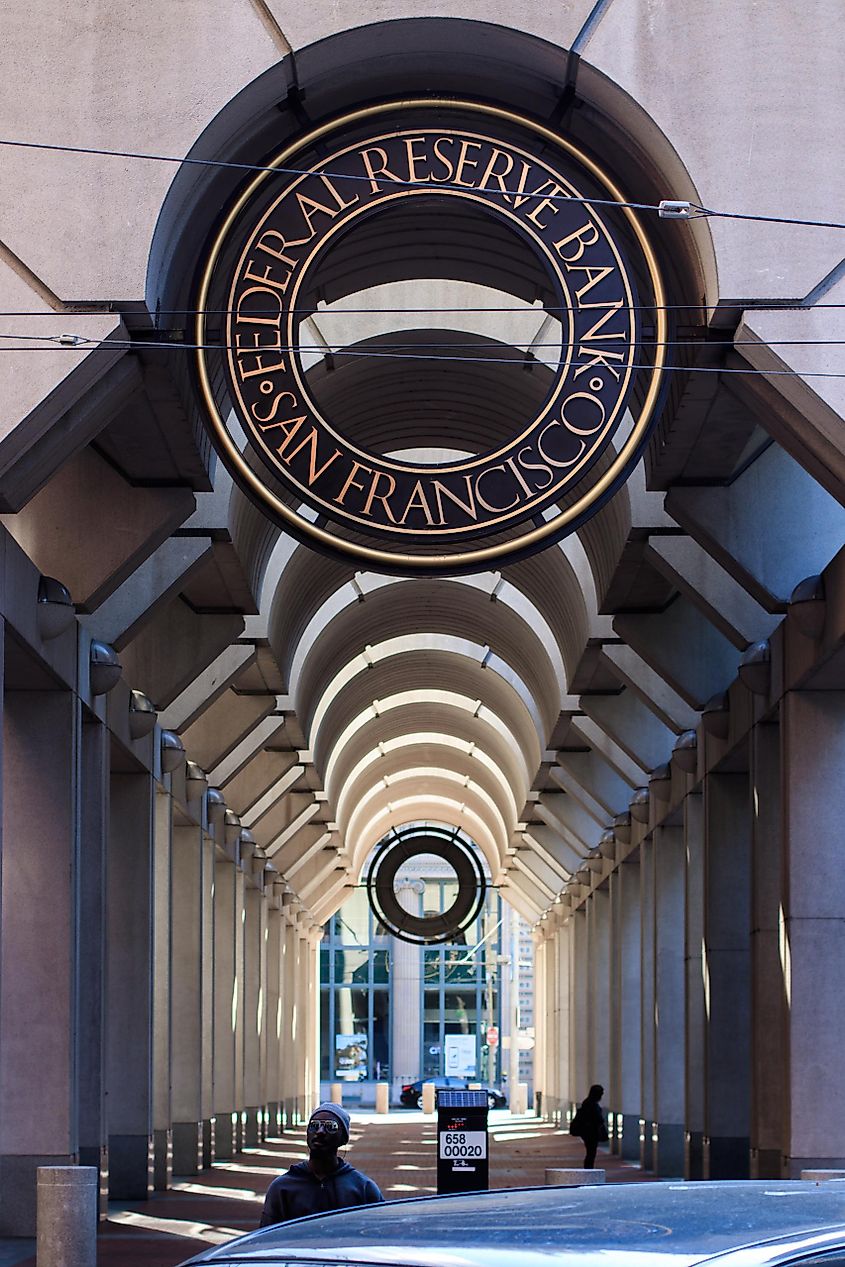
The United States is no stranger to QE policies either, having introduced similar measures in 2008 during the Great Recession with a $4-trillion injection of assets and security purchases to help revive the economy.
On March 15, 2020 the Federal Reserve announced a $700-billion QE program to protect the United States from potential economic fall-out from COVID-19. The plan announced would purchase $500 billion in U.S. Treasurys and $200 billion in mortgage-backed securities over the course of several months. However, by March 23, 2020 the situation had been identified as more critical and credit permitted for QE purchases was extended to an unlimited amount.
A potential drawback of QE is increasing the supply of money could result in inflation - and in the worst case, stagflation could follow if inflation occurs without simultaneous economic growth. It can also have an adverse effect on the value of domestic currency, devaluing the dollar. The result would be exported goods cheaper on the global market, but imported goods more expensive to purchase, which could leave to higher costs of production and inflated consumer prices.
Is it Effective?
Some question whether QE programs can be effective safeguards against a failing economy. In 2008, the American government conducted a QE program and managed to increase the Federal Reserve money supply by $4 trillion and grow its assets. While most of that money was held by banks, many economists believe the QE program helped rescue both the U.S. and the global economies by providing funds and confidence necessary to climb out of the recession, and keeping interest rates low enough for the housing market to recover.
However, others argue the effectiveness is impossible to quantify. There is a theory the QE programs work only by signaling, meaning the act of purchasing billions of dollars' worth of securities convinces the market the federal government is serious about stimulating the economy, thereby encouraging more investment and increasing confidence in the market.

